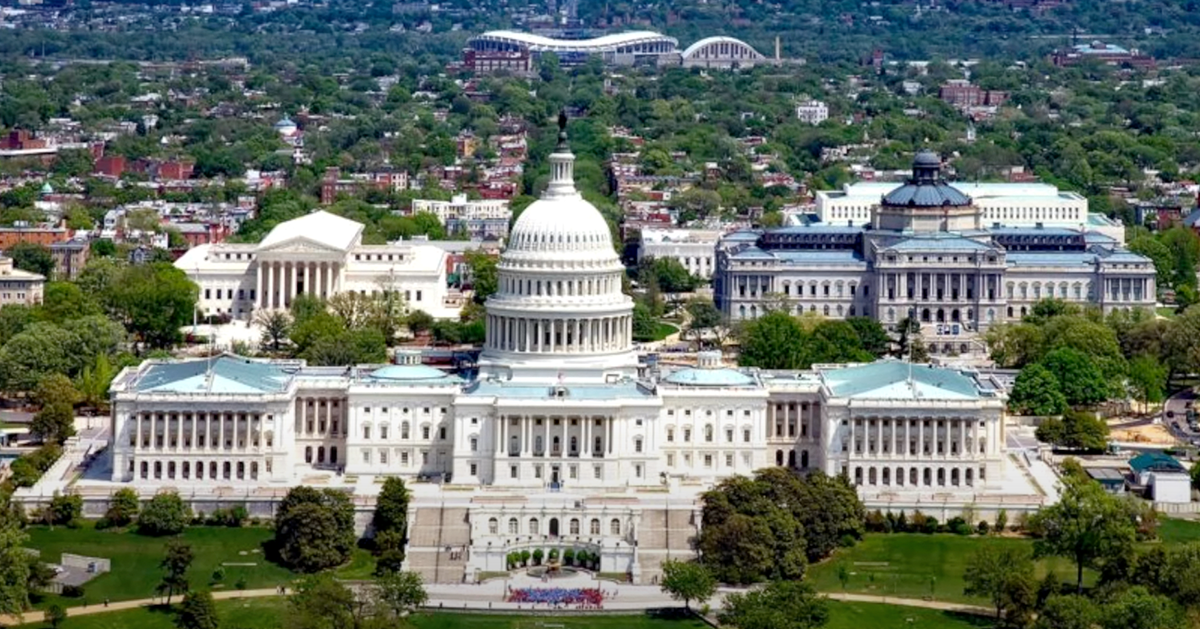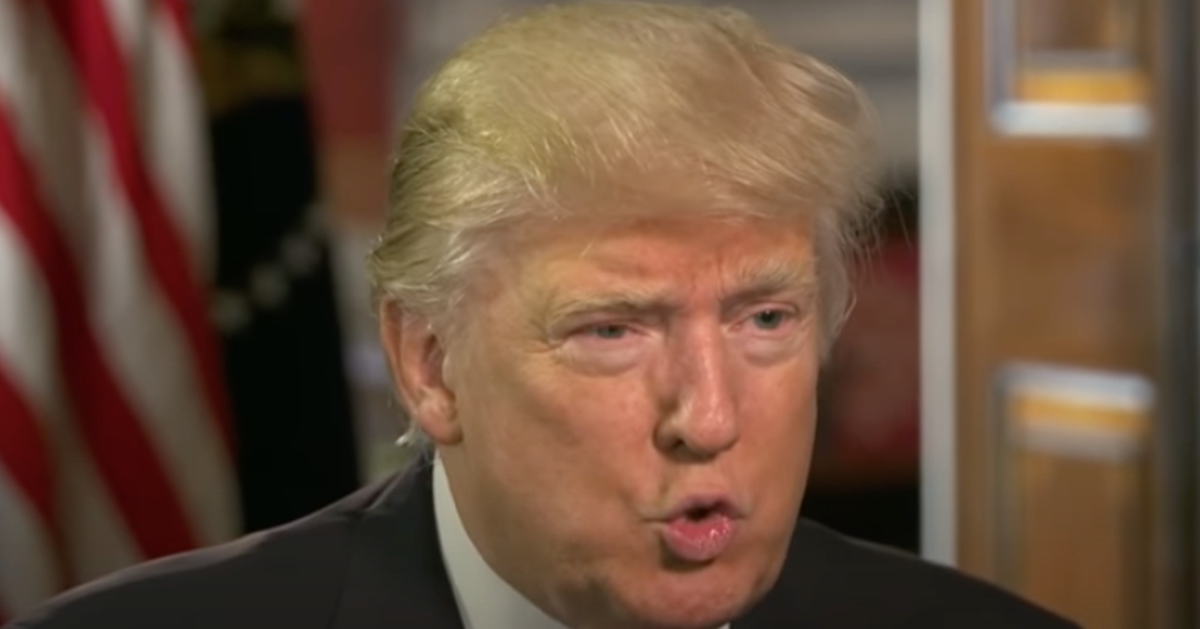Washington, DC, reinstalls previously damaged Confederate monument
Hold onto your hats, folks -- Washington, D.C. has just resurrected a Confederate statue that many thought was gone for good. In a move that’s stirring up both cheers and jeers, the bronze figure of Gen. Albert Pike, once toppled and torched, now stands again in Judiciary Square. It’s a decision that’s got history buffs and culture warriors locking horns once more, as Newsmax reports.
A quick rundown: a statue of Confederate Gen. Albert Pike, knocked down and burned during 2020 protests, has been restored and placed back in Judiciary Square, reigniting debates over Confederate symbols and the preservation of history in public spaces.
Let’s rewind to 1901, when this bronze monument was first erected at the behest of the Freemasons, honoring Pike despite his Confederate ties and disputed connections to the Ku Klux Klan -- claims the Masons firmly reject. Controversy has dogged this statue for over a century, with D.C. officials pushing for its removal since at least a 1992 City Council resolution. It’s been a lightning rod for disagreement long before recent events.
From ashes to reinstatement
Fast forward to 2020, when demonstrators, fueled by frustration over systemic issues, toppled and set fire to the statue during widespread protests. The act was a loud statement against symbols tied to a divisive past. Yet, here we are, watching it rise again.
Work crews quietly reinstalled the statue on a recent Saturday in Judiciary Square, as reported by Channel 4 in D.C. The area is now encircled by fencing and marked with signs reading “Historic preservation work in progress.” It’s clear someone wants this project to stay under wraps until the dust settles.
This restoration isn’t just a random act of nostalgia -- it’s backed by federal muscle. The Department of the Interior justified the move by citing compliance with preservation laws and executive orders from President Donald Trump aimed at beautifying the nation’s capital. In a world obsessed with tearing down history, this feels like a rare push to remember it, flaws and all.
Federal orders clash with local outrage
But not everyone’s waving a flag of approval. D.C. Del. Eleanor Holmes Norton has come out swinging, calling the reinstatement “morally objectionable.” She argues that a figure tied to such a painful past has no place on public land.
Let’s unpack that for a moment. While Norton’s frustration over honoring “a racist and a traitor” is understandable, isn’t there room to preserve history without endorsing it? Erasing every controversial figure risks sanitizing the past to the point where we learn nothing from it.
The debate isn’t new -- D.C. leaders have wanted this statue gone for decades. That 1992 resolution was just the start of a long battle against what many see as a symbol of oppression. Yet, federal authority seems to have the final say here.
Confederate symbols: History or harm?
The reinstallation has reignited a broader conversation about how America handles Confederate symbols in public spaces. Are they relics of history worth preserving, or painful reminders of division that belong in museums, not city squares? It’s a question with no easy answer.
Supporters of the restoration, aligned with directives from the Trump era, argue that beautifying the capital includes maintaining its historical markers, even the messy ones. There’s a case to be made that understanding our past -- warts and all -- builds a stronger future. Hiding history doesn’t heal it.
On the flip side, critics like Norton see these symbols as glorifying a legacy of suffering. Her words carry weight for many who feel public spaces should reflect values of unity, not division. It’s a heartfelt stance, even if one might argue it leans too heavily on present-day feelings over historical context.
Balancing preservation with progress
Judiciary Square now stands as a literal and figurative battleground for these ideas. With the statue back in place, surrounded by protective barriers, it’s almost a metaphor for how polarized this issue remains. Will compromise ever be possible?
Ultimately, the return of Albert Pike’s statue isn’t just about bronze and stone—it’s about how we grapple with America’s complex story. Preservation laws and executive orders may have won this round, but the cultural debate is far from over. One can only hope both sides find a way to discuss, not destroy.
So, as D.C. wrestles with its past, the question looms: can we honor history without being hostage to it? This reinstallation is a bold statement in favor of remembrance, even if it ruffles feathers. In a culture quick to cancel anything deemed offensive, maybe a little pushback against the progressive tide isn’t such a bad thing.






